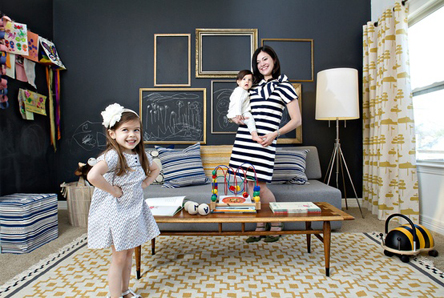Not my hand. Came from Livestrong article.
Ah, ’twas only a week ago that a renovation deadline was mentioned. I’m not one to be superstitious but perhaps I jinxed myself. Oh, I’m going to be finished in May, dag nammit, but I’ll be crossing that finish line with one hand.
Last Wednesday I purchased the remainder of molding to be installed upstairs. Oddly enough, what seemed like only a few rooms cost nearly $700. All of my time consuming shopping at re-use stores went out the window in the interest of finishing quickly. So, Thursday I start painting all the pieces prior to installation. If I had only invested in a second sawhorse, you wouldn’t be reading this post, but because I had to keep moving the pieces from the sawhorse to the other room to dry, these long strips of molding took over the house.
So, I tripped on one.
I caught my fall with my hands, the way people often do. Only my left hand landed on a piece of corner trim. Had it landed on a flat surface like my right, I doubt I would’ve been hurt.
It was extremely painful but more than anything I was bummed about not being able to continue work. I put an Amy’s frozen veggie wrap (all I had in the house) on it and took 3 Advil, then waited about an hour. Nah, I really had to stop working. Couldn’t even change my clothes because I wouldn’t be able to tie my sneakers with one hand.
Yesterday I managed to do some work. I filled nail holes and caulked. I even lifted things with my good hand. I was feeling good that I could keep going. This morning I’m in pain from overdoing it but I think I’ll just suck it up and soldier on. I’m convinced that it’s just a swollen bruise and nothing is sprained or broken. I know because I’ve been there and done that too.
BTW, I’m right handed. Who needs the left anyway? It’s just a spare.










































